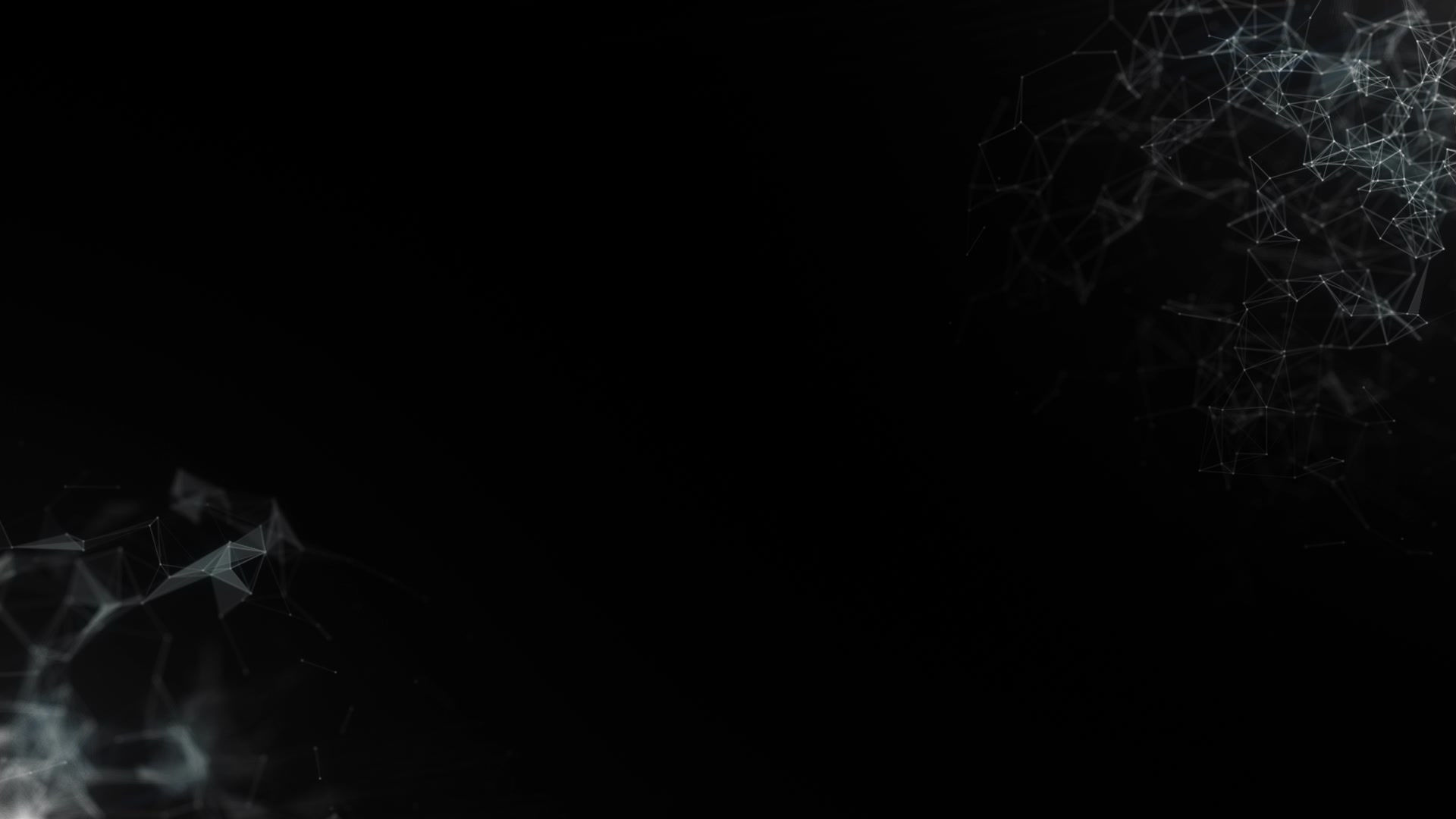The Lives of Stars: How the Sky Writes Our History
- Alberto Pisabarro

- Jun 19
- 3 min read
"We are stardust," said Carl Sagan. And it wasn't a metaphor.

There are statements that have the power to reorder our most basic ideas. One of them is the one that runs through Cosmos episode 9, "The Lives of Stars" : that the atoms that make up our bodies—like the calcium in our bones, the iron in our blood, the carbon in our cells—were all forged billions of years ago in the fiery cores of stars that no longer exist.
From the very first minutes, the episode reminds us of something fundamental: stars are not simple points of light. They are nuclear furnaces that transform the simplest elements into the essential building blocks of life. They are born, evolve, age, and die. And in that process, they seed the universe with possibilities in the form of the elements necessary for life.
Sagan guides the narrative with his usual balance of science and clarity. He describes how a star is born from the gravitational collapse of a gas cloud, how it ignites its nuclear fusion and shines for millions or even billions of years, until its fuel is exhausted and its fate is sealed: to become a white dwarf, a neutron star… or, if it's massive enough, a black hole.
But the most interesting thing isn't just what happens to them, but what it means for us. Because in reality, understanding the lives of stars means understanding ourselves a little better. If there is life on Earth—and potentially on other worlds—it's thanks to those stars that, when they died, released the elements needed to form planets, oceans, and organisms.

One of the episode's most striking moments is when Sagan introduces the timescale of the universe. He does so by comparing the life of a star to that of a human being, reminding us that the existence of our species is a mere breath in the long history of the cosmos. Yet that breath has been enough for us to study stars, understand their cycles, and recognize our origins in them.
Throughout the episode, concepts such as stellar nucleosynthesis (Forms heavier elements, from helium to iron (Fe), through fusion) are explored. nuclear), supernovae, and the formation of planetary systems. But questions beyond the physical are also being raised: What other life forms might arise around other stars? How many worlds are now beginning the same journey we undertook thousands of years ago?

Because The Lives of Stars isn't an episode about distant objects. It's a story about connection: between the microcosm and the macrocosm, between us and the invisible history written in the heavens.
Interesting curiosities
The episode explains how every chemical element heavier than hydrogen and helium was created inside stars or during stellar explosions.
Sagan shows how nebulae form from stellar remnants, becoming “cradles” for new stars and planetary systems.
Key concepts such as gravitational collapse, radiation pressure, and hydrostatic equilibrium are introduced.
The episode uses pioneering animations for its time to depict the life cycle of stars and their explosions as supernovae.

Key themes of the episode:
The life cycle of stars: birth, maturity and death.
The relationship between stars and the formation of chemical elements.
The connection between stellar evolution and the existence of habitable planets.
The time scale of the universe compared to the history of life on Earth.
The cyclical nature of matter in the cosmos.
In the end, The Lives of Stars leaves us with an idea that is both scientific and deeply poetic: that the matter that makes up our bodies was once part of the heart of a star. That looking at the sky is, in a way, looking at ourselves at an earlier stage. That we are not meant to live in isolation from the universe, because we are products of its history.
See you next week. In episode 10, "The Edge of Eternity ," Carl Sagan will take us on a journey to discover how different cultures have interpreted the sky, and how early civilizations began to read the first signs of science in the stars. Because to understand the cosmos is also to remember how our curiosity began.




Comments